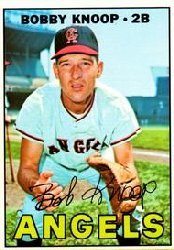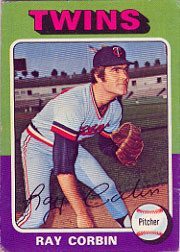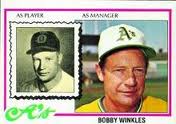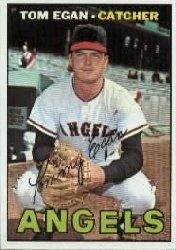Talk about hobby hope! The 2019 Baseball Address List will help ring in my new year.
His letter to past address list buyers got me psyched for the long winter. As usual, Harvey’s adding features and updates to his 2019 edition. For instance, this volume will have a list of more than 250 baseball names who are now charging for TTM autographs.
Whoa! How many?
“Yes, over 250 players are now charging,” Harvey said. “Some are donating the money to charity, but most are keeping the money themselves. They see the value of baseball autographs on eBay and places like that and want to get in on the action and make some money on their signatures. No big surprise with what PastPros is doing with a lot of the lesser-known MLB players. Charging ridiculous fees (they make almost as much on a handling charge as the players make on a signature) and all requests have to go through their company in Canada so it takes a long time. I hear a lot of complaints from my customers about them.”
I asked about high-end autograph fees (as someone who has never paid by mail for any autograph). Harvey rattled off examples: “Lou Brock used to charge $85 a signature but he is no longer able to sign due to health reasons. Orlando Cepeda gets $60 per signature. Roger Clemens gets $100 per signature. Reggie Jackson gets $89 for a signature. Whitey Ford gets $40. Pete Rose gets $100 per signature. Nolan Ryan gets $90.There are a few that get over $30 per signature but most are in the $10-25 range.”
How can Harvey often update addresses of moved players so quickly? He has address-hunting experience that runs far beyond his days in the hobby. “My search engine costs me $400 a month and is updated every week,” he said.” It was the same search engine I used when I was a skip tracer at a Florida bank. That’s why my lists are so good.”
To learn more about Harvey’s address lists (baseball is just one of many sports he covers), go to www.SportsAddressLists.com.




